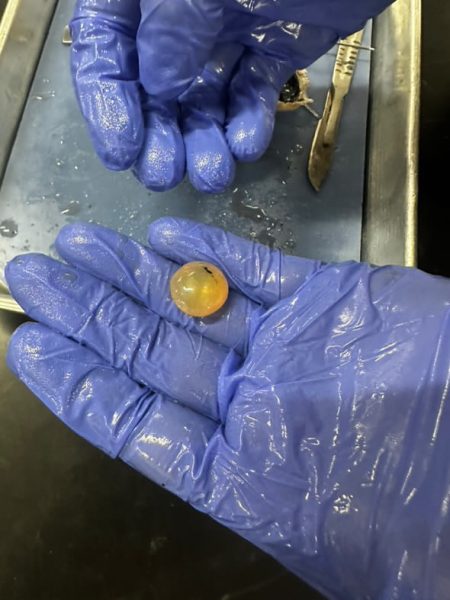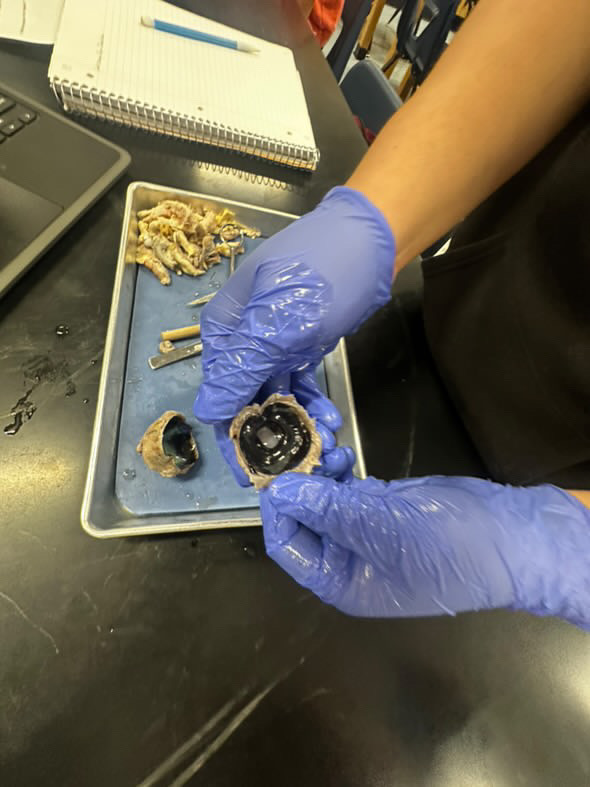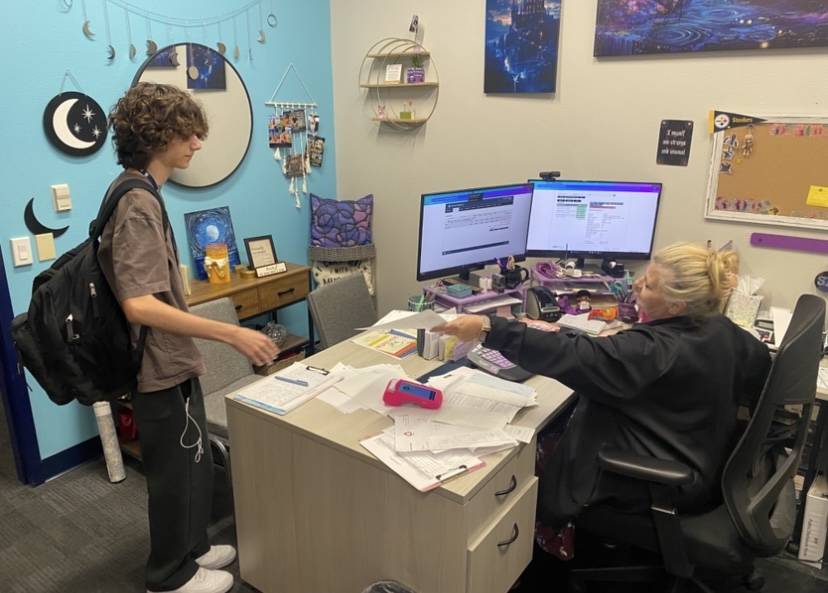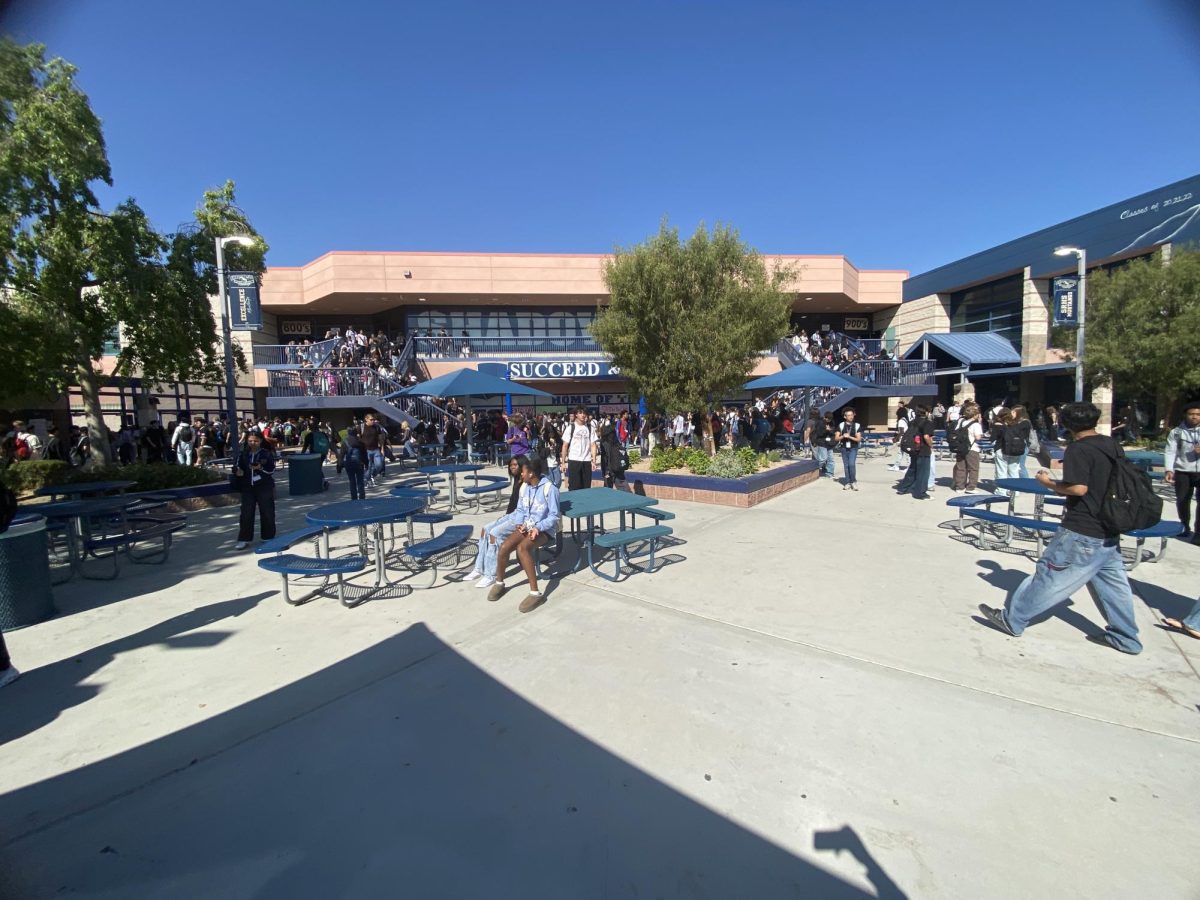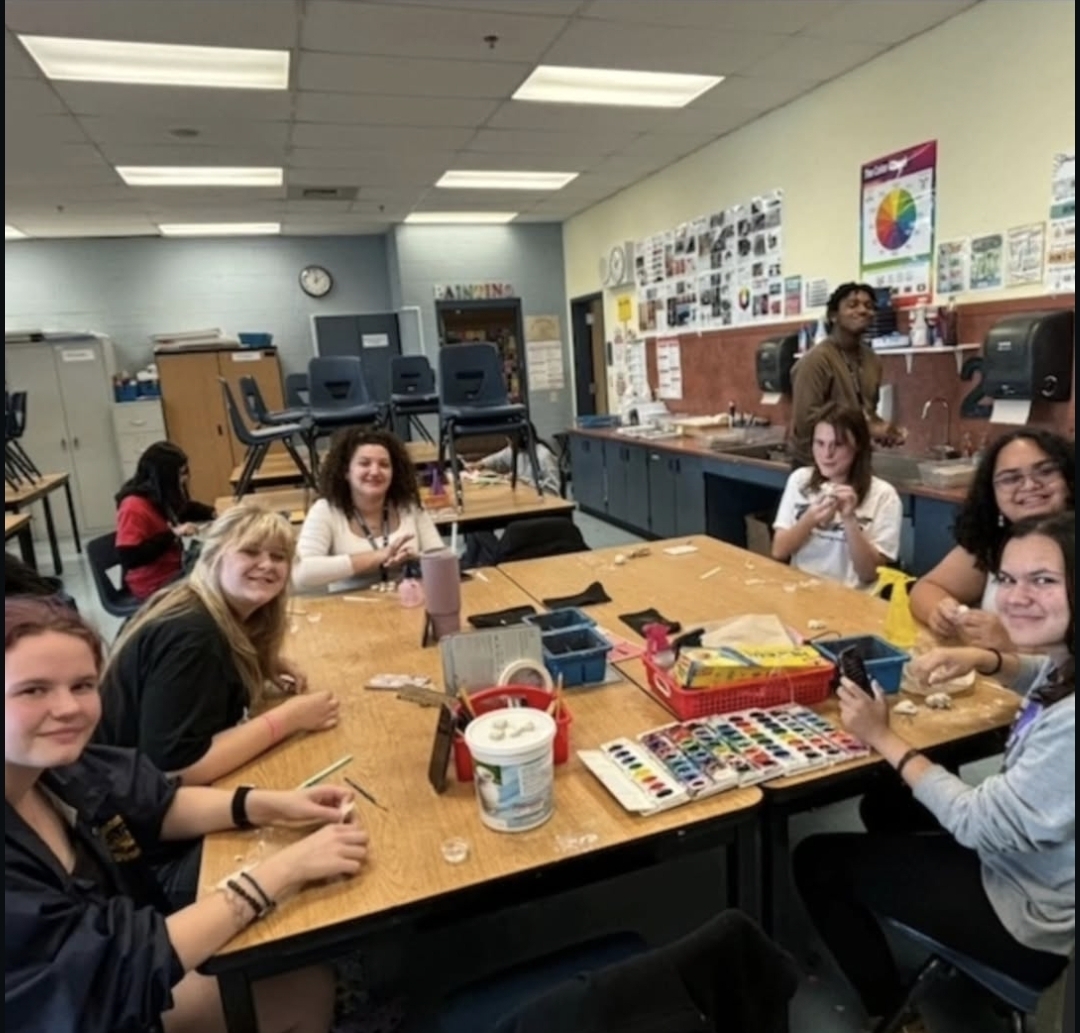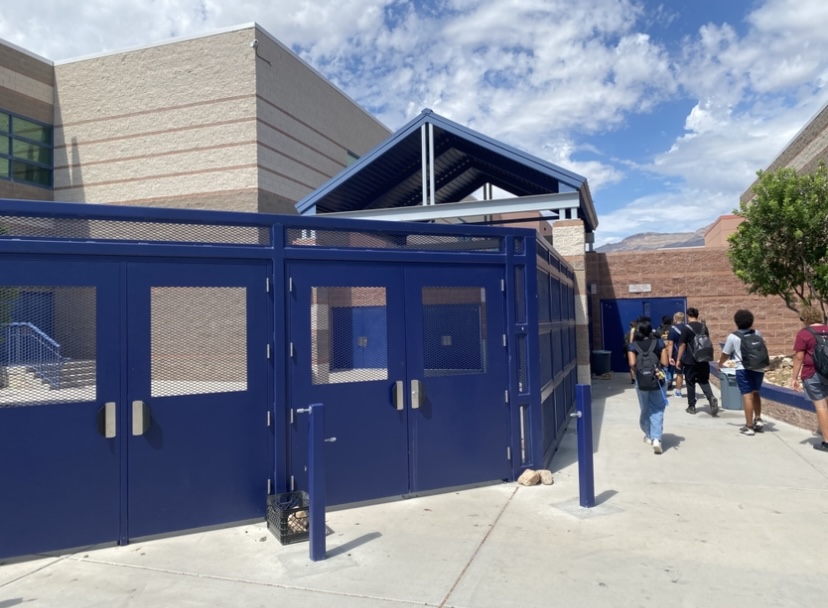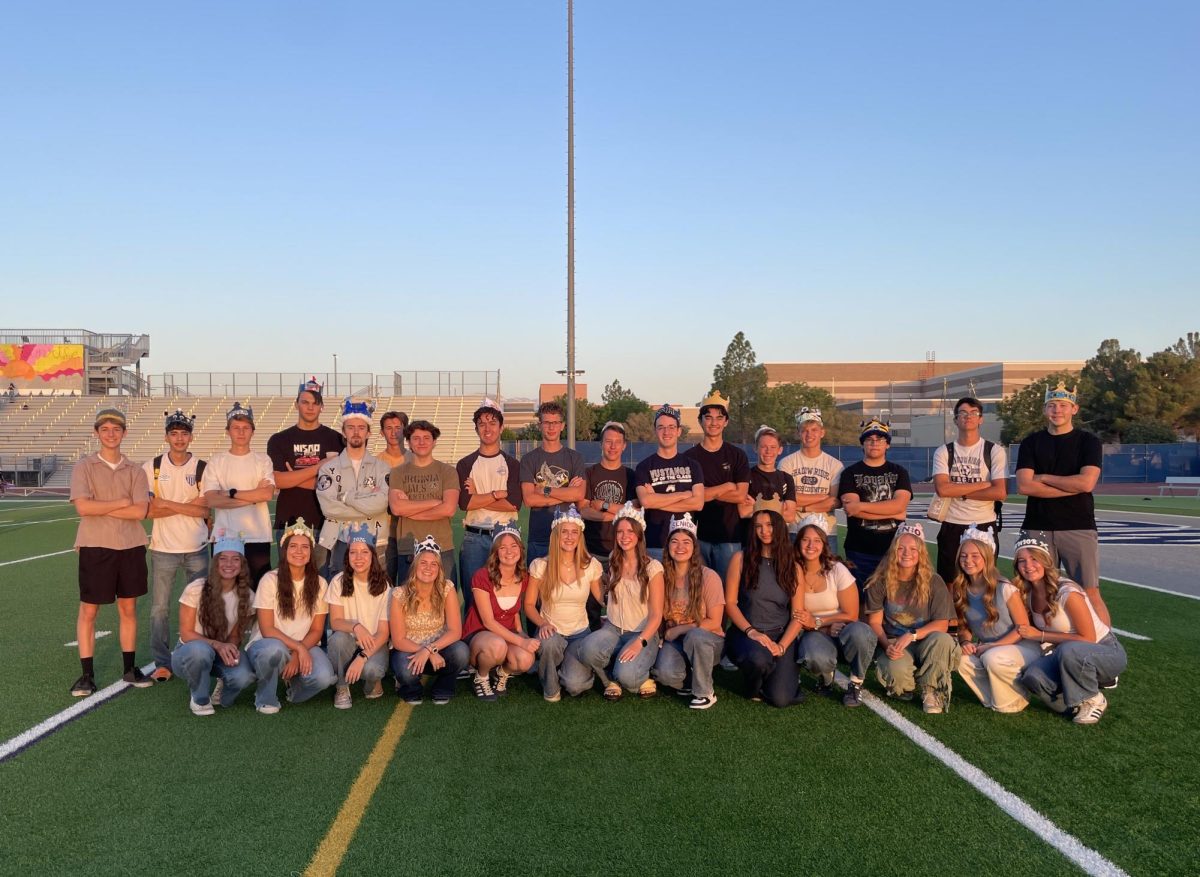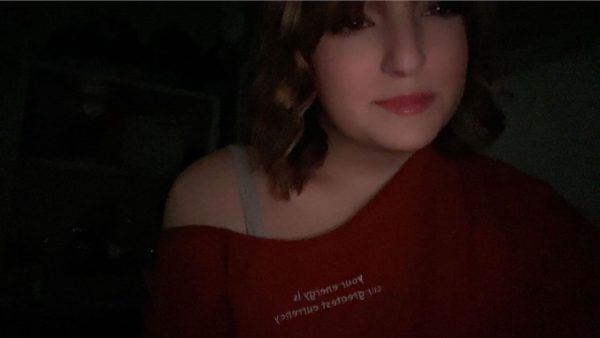Students in the anatomy classes at Shadow Ridge High School recently got a hands-on learning experiment that’s hard to forget, dissecting cow eyeballs as part of their peripheral nervous system unit.
The dissection took place during the week of March 24th as each student worked with a table partner under the guidance of the anatomy teachers, Mrs. Smith and Ms. Chambers.
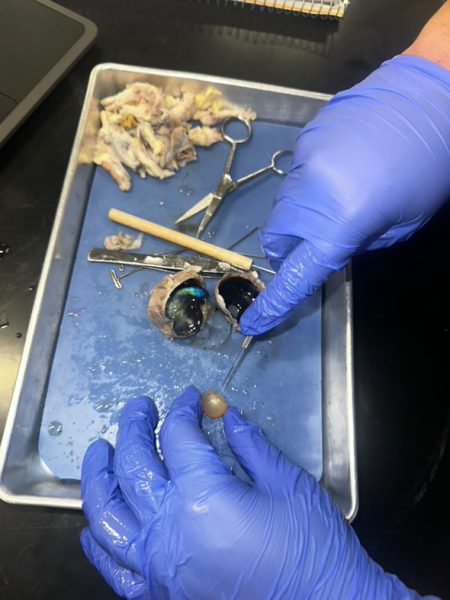
Chambers, in room 917, stated, “Two-dimensional paper diagrams can only give so much information. Being able to observe, handle, and study actual representations of different organs provides students with a much better overall understanding of human anatomy, and being able to compare how different types of tissue look and feel, and being able to see inside each organ makes anatomy more relatable.”
The activity gave students the chance to explore the internal structures of the eye in a way that textbooks and illustrations simply can’t match.
Each group was provided with a real preserved cow eye, dissection instruments, protective equipment, and an objective of identifying key structures of the eye.
This wasn’t the first dissection given to students at Shadow Ridge this year, however, and it certainly won’t be the last. The first animal dissection anatomy students performed was on a sheep’s brain during their neurology unit.
During students’ first dissection, they learned the proper use of dissection instruments, safety protocols, and lab safety.
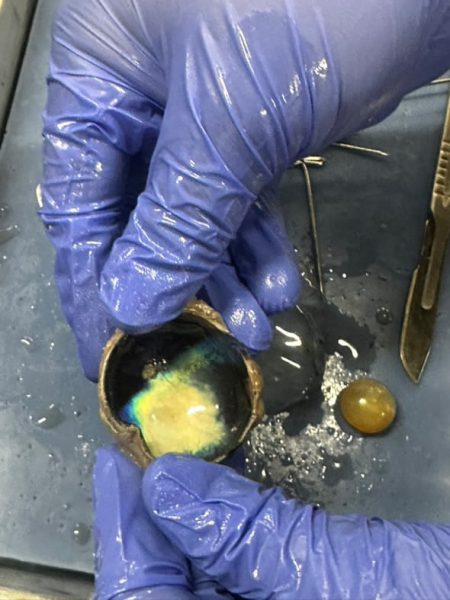
According to Mrs. Smith, in room 910, “Anatomy students dissect brains, eyeballs, hearts, kidneys, and a large-specimen dissection at the end of the year which is a fetal pig. Lab safety is always important because students will be using instruments and chemicals that could be dangerous if not handled appropriately.”
Despite the initial nerves and hesitation that often accompany dissections, many students found the experience surprisingly engaging.
Chambers adds, “I enjoy dissection days because I like to watch the students explore the different organs for the first time. Again, it is such a different and unique experience to study actual specimens versus looking at pictures in a textbook.”
The hands-on nature of anatomy labs allows students to see firsthand how the different components of the body work together to produce human life, and in this case, how the distinct elements of the eye work together to process vision.
As the anatomy classes wrap up this unit, the cow eye dissection remains a highlight of many students’ year, a moment where curiosity met reality, and science quite literally came into focus.
